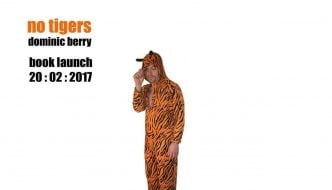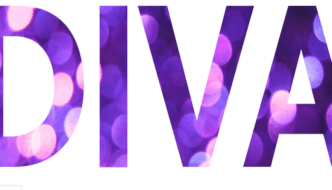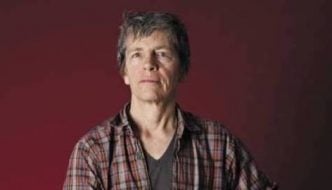Parallel Lives: Marlow Moss & Claude Cahun
September 22, 2014
[Image: Claude Cahun, 1929, Courtesy of the Jersey Heritage Collections]
Leeds Art Gallery
6th June – 7th September 2014
Parallel Lives, as the title suggests, features the work of two artists whose lives had uncanny similarities – but their work couldn’t have been further apart.
Marlow Moss was a British constructivist painter and sculptor who had worked in both France and England. They were also Jewish and queer. When World War II broke out in Europe and hit Paris, they swiftly moved to Cornwall in England, leaving a large proportion of their work behind. This means little of their early work exists now, and the likeness of their paintings to that of their contemporaries, such as Piet Mondrian, can sometimes make it difficult to tell the difference. However, in both their painting and their sculpture they have a fondness for the use of double and diagonal lines, something that Mondrian never used.
Their work that does still exist however, has been celebrated fantastically at Leeds Art Gallery. The exhibition has attracted attention world-wide, giving visitors the chance to hear experts on their work talk passionately about the artist. These include Dr Lucy Howarth, who has spoken at several events over the course of the exhibition, not just on Moss’s work but on their masculine appearance, the changing of their name and their often ignored correspondences with other artists such as Ben Nicholson.
Moss’s work is juxtaposed with photographs of themself taken by their partner (Netty)’s son, along with letters to the Nicholsons and the work of similar artists practicing constructivism after their lifetime, demonstrating the influence that they have had on British constructivism.
Claude Cahun was a French surrealist photographer and writer who moved from Paris to the island of Jersey, where they lived and worked during World War II. They too were Jewish and queer. During their life they were known primarily for their writing and, particularly in Jersey, for the flyers they would leave on Nazi soldiers’ cars urging them to ‘shoot their officers’ and other such messages. While Moss left during the Nazi occupation, Cahun and their partner Marcel Moore refused to, and were eventually imprisoned. Cahun had been an avid photographer from as early as 1917 and their treasure trove of self-portraits depict everything from them lying around their house, to playing with their reflection in mirrors, and even dressed as fairies and religious icons.
Often these self-portraits are attributed to both Cahun and their partner as they would undoubtedly have assisted with the photography while Cahun was posing. They had also changed their name, along with their partner, to a gender-neutral moniker and adopted a more masculine appearance. Since its re-emergence, their photography has become popular world-wide and boasts large exhibitions in America, Australia and Japan.
The exhibition as a whole has generated a lot of interest, especially from the LGBT (lesbian, gay, bisexual, transgender) and Queer communities who have been celebrating the work of the artists with a festival called PoMoGaze. Their work has been featured at events such as the AGender Conference and guided tours have been given, helping the visitors to the gallery to ‘queer the collection’.
Parallel Lives has been an interesting and engaging exhibition, showcasing the work of two artists who are at opposite ends of the artistic spectrum in terms of style. This exhibition appears to have something that can attract the attention of many – whether you appreciate abstract art and critical thinking or want to enjoy marvelling at early selfies.




Comments